Mission
Project NICOLLIER is the 2023/2024 Competition Team of ARIS. As this we will design, manufacture, test and ultimately launch a sounding rocket. The launch will take place in collaboration with other student rocket teams coming together from all parts of europe.
Apart from a successful launch we have set ourselves multiple goals: The design concept of our rocket is especially focused on safety and reliability. This ensures the functionality of our rocket but also sets it up for great integration in the future.
We have implemented multiple core systems in our rocket starting with a Guided Recovery System as well as a modular Avionics Stack and Airbrakes. These systems enable us to launch to our target apogee in a highly precise way and then recover the rocket to a previously determined position while maintaining to be extremely adaptable.
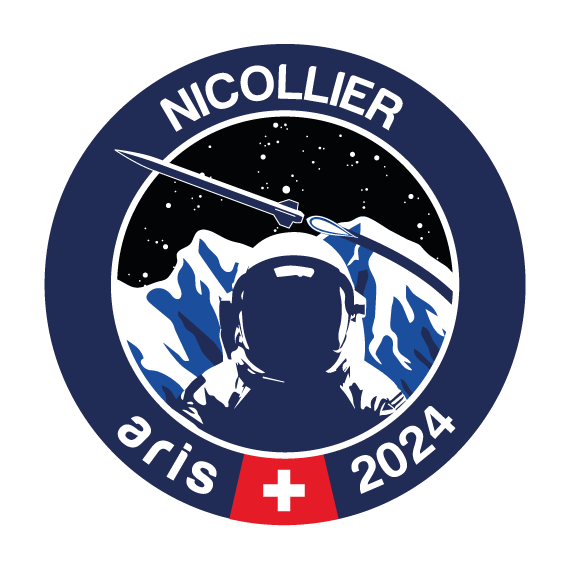
As seen in:
Statistics
We will launch our rocket in Wichlen, Switzerland. Our team has conducted multiple Drop Tests there already and now uses the scenic mountain range for our launch. It enables us to test all our systems in a secured environment.
Our rocket contains 5 either largely improved or even totally new systems representing our innovation to push the boundaries of academic rocketry.
We have finished our Design, Manufacturing and Testing Phase. This means that the rocket is fully designed, all out-house parts have been delivered and all in-house parts are manufactured. We have tested all parts and ensured the functionality. We have also conducted full system tests to ensure the readiness of the team.
We are now in our final preparation steps towards the launch.
System Overview


Timeline & Milestones
We Are NICOLLIER
We are a Team of 43 students from multiple different Universities in and around Zürich, but still growing every day. We come from various different backgrounds ranging from business over natural sciences to mechanical engineering and have multiple nationalities all united by our interest in rocketry.


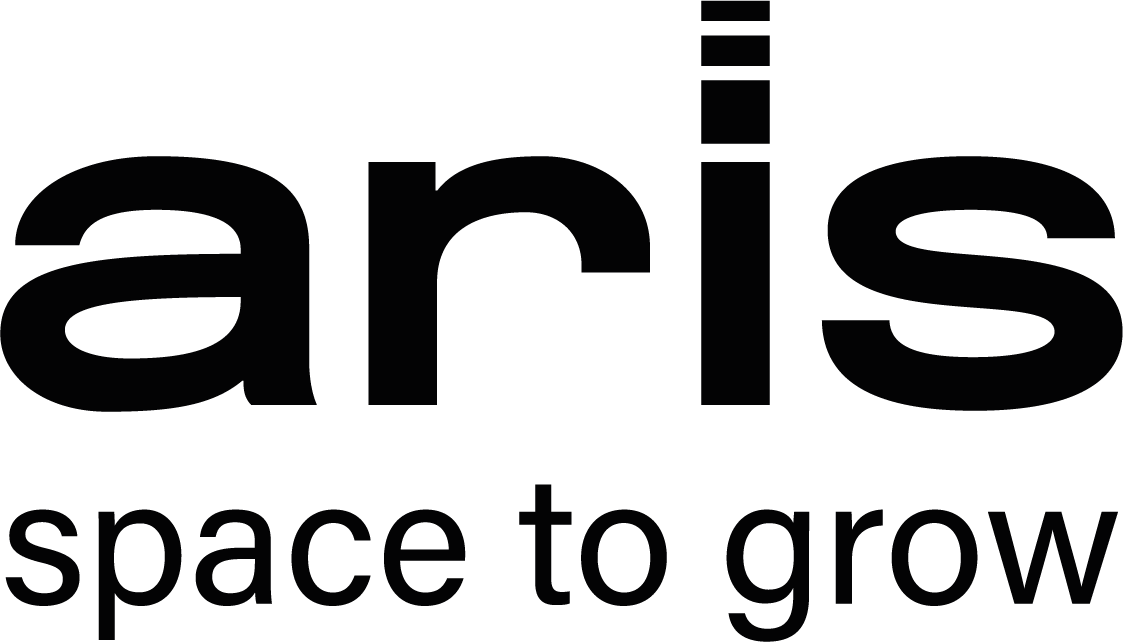






 The Guided Recovery System is a in-house developed system unique at EuRoC. After apogee is detected we separate the Nosecone from the rocket using a Mechanical Separation system based on loaded springs. After the main parachute is deployed we use two motors to control the steering lines of the chute. With this we can adjust the flight path of the whole rocket. We use different software approaches and strategies to guarantee the most precise landing.
The Guided Recovery System is a in-house developed system unique at EuRoC. After apogee is detected we separate the Nosecone from the rocket using a Mechanical Separation system based on loaded springs. After the main parachute is deployed we use two motors to control the steering lines of the chute. With this we can adjust the flight path of the whole rocket. We use different software approaches and strategies to guarantee the most precise landing. Air Brakes are a system used to precisely navigate the rocket to the aimed altitude. Using a controller we symmetrically extend aluminum plates away from the rocket’s body. This significantly increases the drag of the rocket, thus, slowing it down. We use an Engine slightly stronger then needed for 3000m and then use this system to precisely reach the 3000m altitude.
Air Brakes are a system used to precisely navigate the rocket to the aimed altitude. Using a controller we symmetrically extend aluminum plates away from the rocket’s body. This significantly increases the drag of the rocket, thus, slowing it down. We use an Engine slightly stronger then needed for 3000m and then use this system to precisely reach the 3000m altitude. We use a Commercial off-the-shelf (COTS) solid state engine. Solid stage engines are rather simple to build but we largely benefit from their reliability and robustness. We decided against developing an in-house engine to focus on our Guided Recovery System and other technologies.
We use a Commercial off-the-shelf (COTS) solid state engine. Solid stage engines are rather simple to build but we largely benefit from their reliability and robustness. We decided against developing an in-house engine to focus on our Guided Recovery System and other technologies. The Fin design is crucial for multiple aspects of the rocket’s. A good fin design is necessary to reduce the total drag of the rocket, but even more important to guarantee a stable flight. The fins are designed in connection with the Nosecone while considering the dimensions and weight of the rocket.
The Fin design is crucial for multiple aspects of the rocket’s. A good fin design is necessary to reduce the total drag of the rocket, but even more important to guarantee a stable flight. The fins are designed in connection with the Nosecone while considering the dimensions and weight of the rocket.























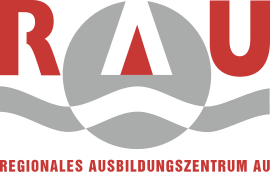











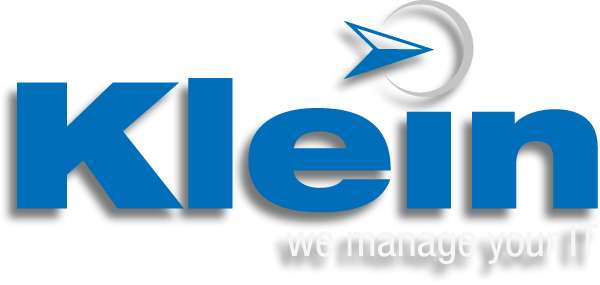













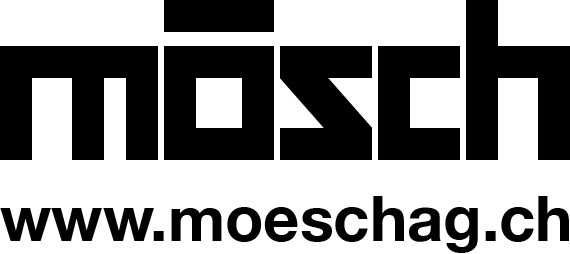

Social Contact